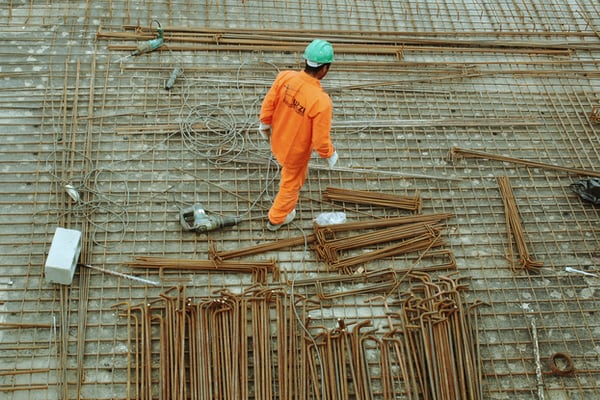UK property developers may have to adjust schedules and pricing to adapt to the lack of supplies to complete projects, advises Construction Leadership Council, CLC, co-chair Andy Mitchell.
In an open letter to the industry, he points out that most contracts such as JCT and NEC 4 Secondary X1 have provisions to deal with fluctuations of provisions.
“We have been fortunate enough to operate in a stable environment for a long time and these clauses have been seldom used.
“However, they are ideally suited to providing a means for managing the volatile period we are now entering and therefore CLC strongly urge those responsible for developing, agreeing and managing contracts, existing and new, to consider adopting these provisions in their contracts.”
Mr Mitchell also mentions “design changes” being necessary to cope with lack of goods availability and inability to source approved products.
Paying suppliers upfront may be needed to get goods
He advises a collaborative approach for managing the current risks and for builders to allow longer mobilisation and lead-in periods for contracts including up-front ordering and payment of suppliers.
“We know that we perform better as an industry when a collaborative and team-based approach is adopted. We also know that our industry is strong and is growing right now.
“We would therefore encourage you to consider this message and find ways to work together so that this growth opportunity is maximised, and a sustainable industry supply chain is maintained.”
Brokers Hank Zarihs Associates said funders would be able to offer instant bridging finance for builders who needed cashflow support to tide them over the current challenges.
The Federation of Master Builders, FMB, said that smaller developers were disproportionately affected.
FMB chief executive Brian Berry said: “The lack of materials needs addressing before jobs and business continuity starts to be compromised.
“Small firms form over 90 per cent of the construction industry, and they are experiencing the most difficulties as a result of these shortages.”
Reasons for the current supply issues are changes in conformity standards now the UK has left the EU with insufficient product testing capacity.
The establishment of new cross-border systems and processes plus lack of available haulier staff and capacity hasn’t helped.
Also, worldwide shortages in raw materials plus rising freight costs and container availability have compounded the current supply chain problems.












